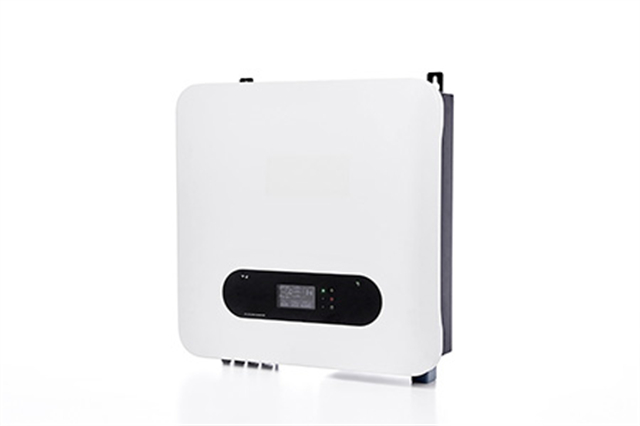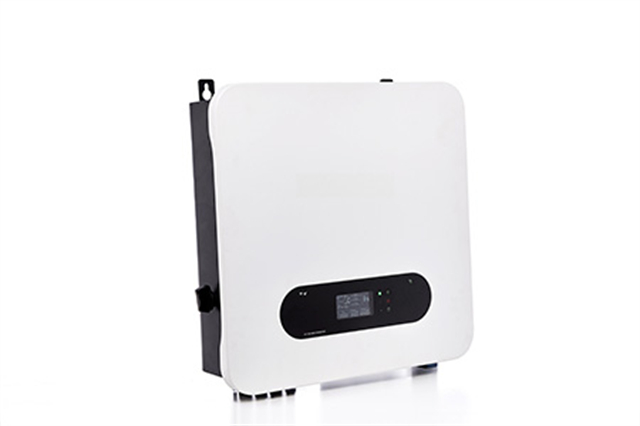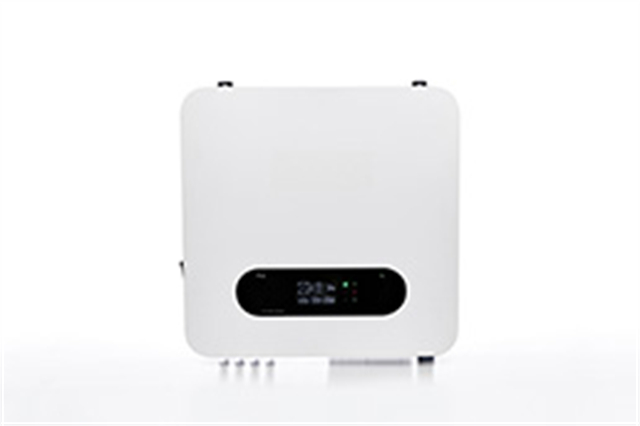Author:BLD Solar Energy SystemFROM:Solar System Converter Manufacturer TIME:2023-10-27
Introduction:
With the rapid development of renewable energy technology, more and more households are adopting inverter hybrid on-grid systems as an efficient and sustainable solution for their energy needs. These systems allow users to harness the power of both solar panels and the grid, ensuring a constant and reliable power supply while minimizing reliance on fossil fuels. However, to maximize the benefits of inverter hybrid on-grid systems, it is important to understand their proper usage and take advantage of the available features. In this article, we will provide some useful tips for using inverter hybrid on-grid systems effectively.

One of the first steps in utilizing an inverter hybrid on-grid system is to ensure it is properly sized and installed. An undersized system may not be able to meet the energy demands of the household, while an oversized system may waste resources and incur unnecessary costs. Consulting with a professional installer or conducting a thorough energy assessment can help determine the appropriate size and capacity needed for your specific needs.

The placement of solar panels plays a crucial role in the efficiency and performance of an inverter hybrid on-grid system. The panels should be installed in a location that receives maximum sunlight throughout the day, avoiding shading from trees, buildings, or other obstructions. Tilting the panels at an optimal angle can further enhance their energy-generating capabilities, especially in areas with seasonal variations in sunlight.

Regular monitoring and maintenance are essential for keeping an inverter hybrid on-grid system in optimal working condition. Monitoring the system's performance allows you to identify any potential issues, such as reduced energy generation or equipment malfunctions, and take timely actions to rectify them. Additionally, cleaning the solar panels periodically to remove dust and debris can significantly improve their efficiency.
If your inverter hybrid on-grid system is equipped with batteries, it is important to understand and manage battery usage effectively. This includes monitoring the battery charge levels and ensuring they are neither overcharged nor discharged beyond their recommended limits. Proper battery management not only prolongs their lifespan but also optimizes the use of stored energy during periods of low sunlight or power outages.
Efficient load management is crucial for maximizing the benefits of an inverter hybrid on-grid system. Understanding your energy consumption patterns and redistributing loads to match the availability of solar energy can help optimize energy usage. Additionally, utilizing energy-efficient appliances and implementing energy-saving practices, such as using timers and sensors, can further reduce your reliance on the grid and lower overall electricity costs.
Inverter hybrid on-grid systems allow for seamless interaction with the grid, enabling you to export excess generated energy back to the utility company. Taking advantage of net metering schemes offered by utilities can help offset your electricity bills by receiving credits for the surplus energy you contribute to the grid. Familiarize yourself with the local regulations and policies regarding grid interaction to fully leverage this benefit.
An inverter hybrid on-grid system provides a reliable backup power source during grid outages. It is essential to have a backup power plan in place to ensure uninterrupted power supply during emergencies. This can include prioritizing essential loads, such as refrigeration or medical equipment, and configuring the system to automatically switch to backup power mode when grid power is unavailable.
The field of renewable energy is constantly evolving, and staying updated with the latest technologies and advancements can help you make the most of your inverter hybrid on-grid system. Participate in workshops, seminars, and online forums to expand your knowledge and learn about new features or upgrades that could enhance the performance and efficiency of your system.
Using an inverter hybrid on-grid system effectively requires proper sizing, optimal placement of solar panels, regular monitoring and maintenance, understanding battery management, load optimization, utilizing grid interaction, backup power planning, and continuous learning. By following these tips, households can maximize their energy independence, reduce carbon footprint, and enjoy the long-term benefits of clean and sustainable energy.
